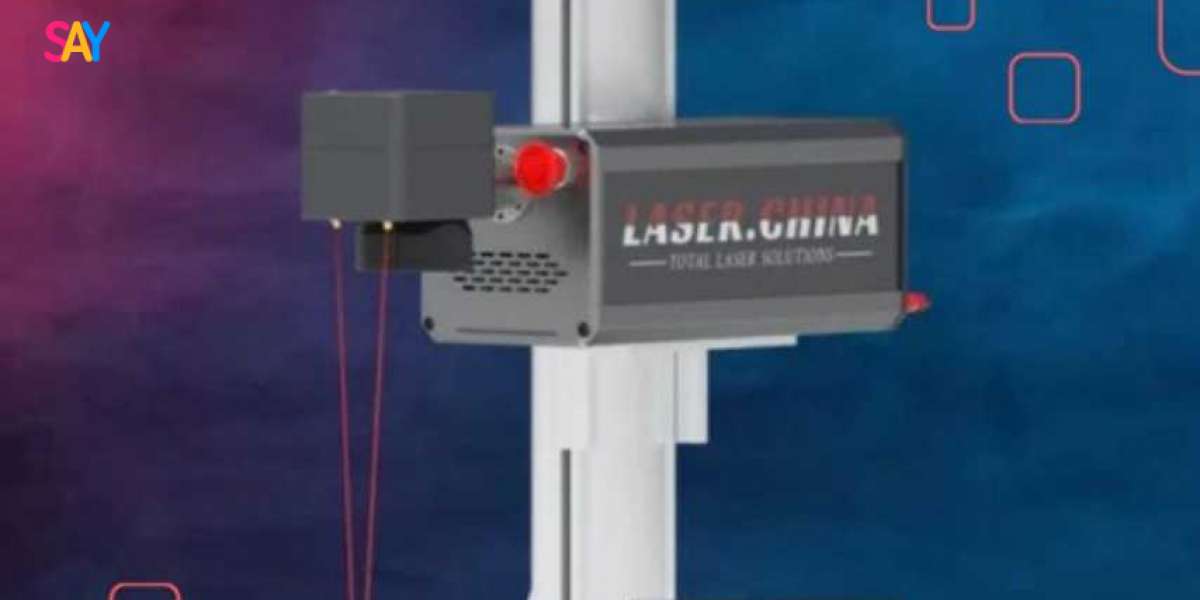Handheld fiber laser welding and cutting machines are revolutionizing manufacturing by offering portability, precision, and efficiency that traditional methods can't match. These compact devices, which integrate powerful fiber laser technology, provide both welding and cutting functionalities in one machine. This dual capability is particularly valuable in industries that require flexibility and precision, from automotive and aerospace to electronics and construction.
Advantages of Handheld Fiber Laser Welding and Cutting Machines
Portability and Flexibility
One of the most notable advantages of handheld fiber laser machines is their portability. Unlike traditional stationary welding and cutting equipment, handheld devices allow operators to take the machine to the workpiece rather than moving the workpiece to a dedicated station. This is especially useful in industries dealing with large or cumbersome materials, such as shipbuilding or automotive repair. The flexibility also means these machines can handle diverse materials and structures without requiring extensive reconfiguration.Precision and Control
Handheld fiber laser machines provide high precision due to their focused laser beams. This precision is particularly beneficial when working with small or complex components, as it minimizes the risk of damaging adjacent materials. The laser's adjustable focus allows for smooth and consistent welds or cuts, reducing the likelihood of weak welds or rough edges. Additionally, the high control level over beam intensity and direction makes it easier to achieve the desired finish without the need for post-processing.Efficiency and Cost-effectiveness
Fiber lasers are known for their high energy efficiency compared to CO2 lasers or traditional arc welding systems. Handheld fiber laser machines require minimal setup, consume less power, and often eliminate the need for filler materials, reducing production costs. Moreover, these machines provide faster cutting and welding speeds, which means higher throughput and shorter project timelines. The combination of speed, reduced energy consumption, and lower maintenance costs makes them a cost-effective choice for businesses looking to optimize their operations.Enhanced Safety and Reduced Skill Requirement
Handheld fiber laser machines are designed with safety features like interlocks and emergency stop buttons. Moreover, unlike some traditional welding techniques, fiber laser welding emits minimal UV radiation, reducing health risks for operators. The intuitive design and automation capabilities of these machines also mean that workers do not need extensive training, making them accessible even for less-experienced operators.
Applications of Handheld Fiber Laser Welding and Cutting Machines
Automotive Industry
The automotive sector benefits significantly from handheld fiber laser technology. Fiber laser welding is used for joining thin metals, creating lightweight structures essential for fuel efficiency. The cutting feature allows for precise shaping of small components like engine parts, which require tight tolerances. The machine’s portability also enables repairs and modifications on assembled vehicles, streamlining processes like bodywork repairs.Aerospace and Defense
In aerospace, where material integrity and precision are paramount, handheld fiber laser machines are used to weld and cut high-strength materials like titanium and aluminum alloys. They enable the creation of seamless joints, which are critical for maintaining structural integrity. Additionally, the portability of handheld units allows technicians to conduct repairs directly on aircraft components without extensive disassembly.Electronics and Medical Equipment
Fiber laser welding is popular in electronics for joining small, delicate components, like batteries and connectors. The controlled heat input reduces the risk of warping or damaging sensitive parts. In the medical field, these machines enable the production and repair of high-precision instruments and implants made from stainless steel and other biocompatible metals.Construction and Metal Fabrication
The construction industry values handheld fiber laser machines for their versatility in handling both heavy-duty and detailed metalwork tasks. These machines simplify on-site repairs, installations, and customization of metal structures, from pipelines to building frameworks.
In conclusion, handheld fiber laser welding and cutting machines have transformed manufacturing processes by combining portability, precision, efficiency, and cost-effectiveness. Their broad application across industries makes them a valuable asset for companies seeking flexibility without compromising quality. As laser technology continues to evolve, these devices are likely to become even more efficient, further establishing their place in modern manufacturing and repair operations.




